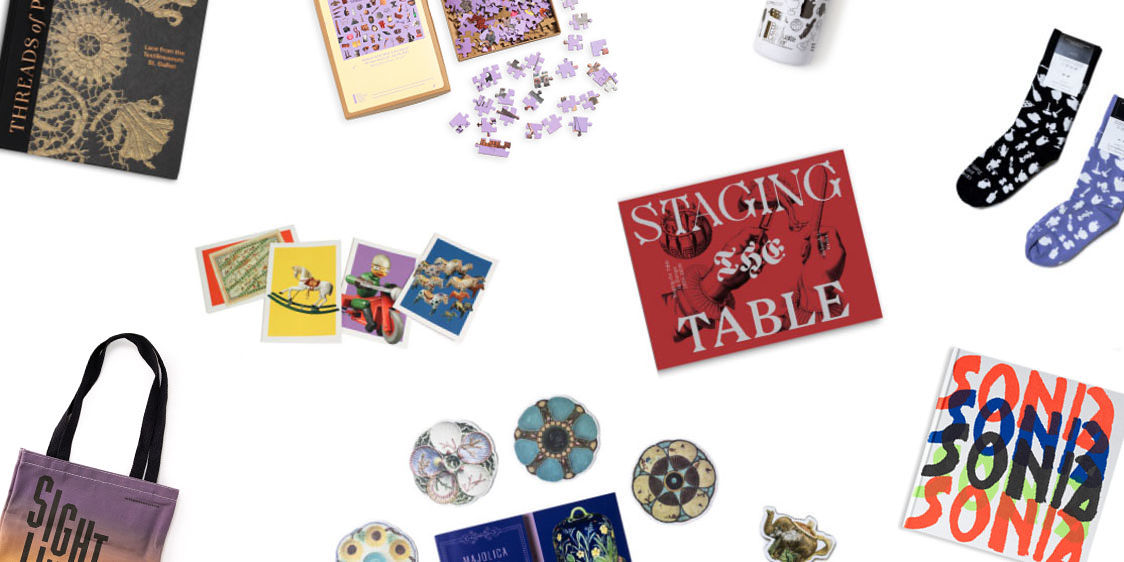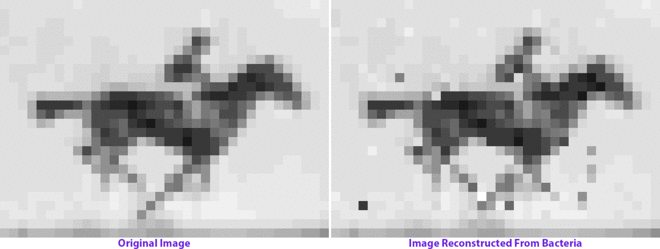The twenty-first century will see self-driving cars, smart textiles, self-regulating buildings, and artworks that change themselves. Some of this is already upon us. Just this summer, for instance, the New York Times reported on scientists implanting a digital video into a bacterium’s DNA and turning a living creature, and then its numerous descendants, into a storage device. Of course, variants of this process have been with us for a long time. The human body itself could be said to pose the most acute example of “active matter”—and philosophers from diverse cultures have debated this point for millennia.
Over the next five years, Bard Graduate Center, together with the Helmholtz Center for Cultural Techniques of the Humboldt University in Berlin (Cluster Bild. Wissen. Gestaltung) and the Conservation & Scientific Research Department of the Rijksmuseum in Amsterdam, will examine the specific implications of active matter for the theory and practice of conservation. A nineteenth-century science with pre-modern antecedents, conservation has long been connected to the stabilization of art and architectural objects. Some aspects of this commitment grew out of the historicizing desire to encounter the past as it was. Others related to preserving the economic value of masterworks whose market life was as important to the present and the future. Conservators have long known that matter moved, that colors changed, that solids melted into air. But now that it is precisely these features that are being adapted for aesthetic, technical, and structural purposes, will conservation as a theory and as a practice have to change? And if so, how?
“Conserving Active Matter” will explore the meaning of active matter for the field of conservation through the lenses of materials science, history, philosophy, and Indigenous ontologies that never made the assumption that matter was inactive. This symposium lays out the landscape of questions that will be the focus of subsequent seminars, conferences, courses, and fellowships, leading up to an exhibition in spring 2022.
Day 1: Monday, November 27, 6–8 pm
What is Active Matter?
Peter N. Miller
Bard Graduate Center
Welcome
Jessica Walthew
Cooper Hewitt, Smithsonian Design Museum; Bard Graduate Center
Introduction
Admir Masic
Massachusetts Institute of Technology
Natural Fibers: Preservation of the Old and Inspiration for the New
Glenn Wharton
New York University
Active Matter in the Conservation of Contemporary Art
Justin Broackes
Brown University
Philosophical Matter in the New Modern World: Atomists, Identity, and the “Plastic Life of Nature”
Panel Discussion and Q&A
Moderated by Alicia Boswell, Bard Graduate Center
Day 2: Tuesday, November 28, 9 am–6 pm
What is Conserving Active Matter?
Selected talks archived below.
9:30–11 am
Peter N. Miller, Bard Graduate Center
Peter Fratzl, Humboldt University
Wolfgang Schäffner, Humboldt University
Robert van Langh, Rijksmuseum
Introduction
11:30 am–12:30 pm
Ittai Weinryb, Bard Graduate Center
Ann-Sophie Lehmann, University of Groningen
Spike Bucklow, University of Cambridge
History
1:30–2:30 pm
Ivan Gaskell, Bard Graduate Center
A.W. Eaton, University of Illinois at Chicago
Carolyn Korsmeyer, University at Buffalo
Sherri Irvin, University of Oklahoma
Philosophy
2:30–3:30 pm
Aaron Glass, Bard Graduate Center
Jolene Rickard, Cornell University
Kelly McHugh, National Museum of the American Indian, Smithsonian Institution
Indigenous Ontologies
4–5 pm
Jennifer Mass, Bard Graduate Center
Marc Walton, Northwestern University
Paul Messier, Yale University
Materials Science
5 pm
Admir Masic, Massachusetts Institute of Technology
Glenn Wharton, New York University
Justin Broackes, Brown University
Responses and Concluding Discussion
This event is part of our “Cultures of Conservation” initiative, supported by The Andrew W. Mellon Foundation.













